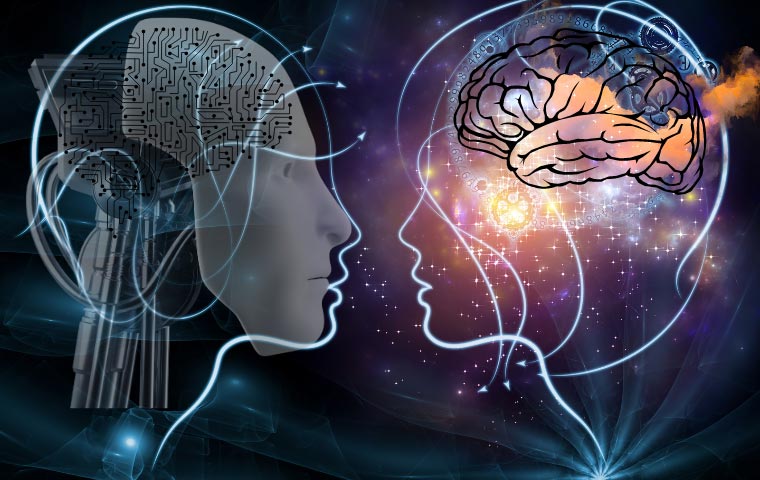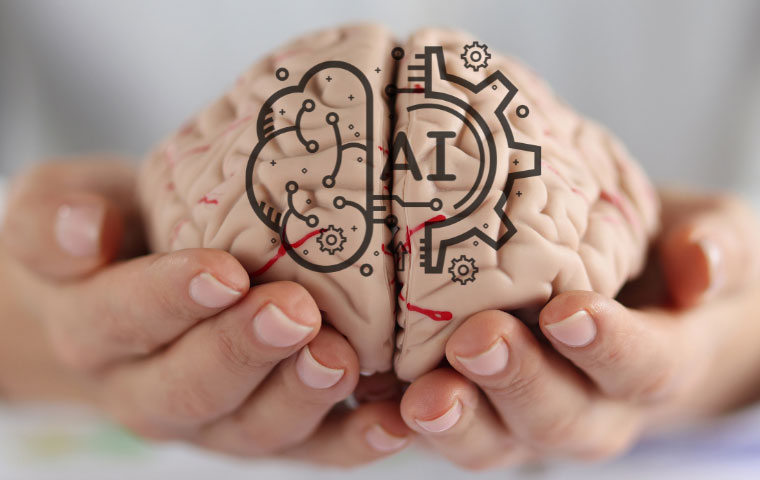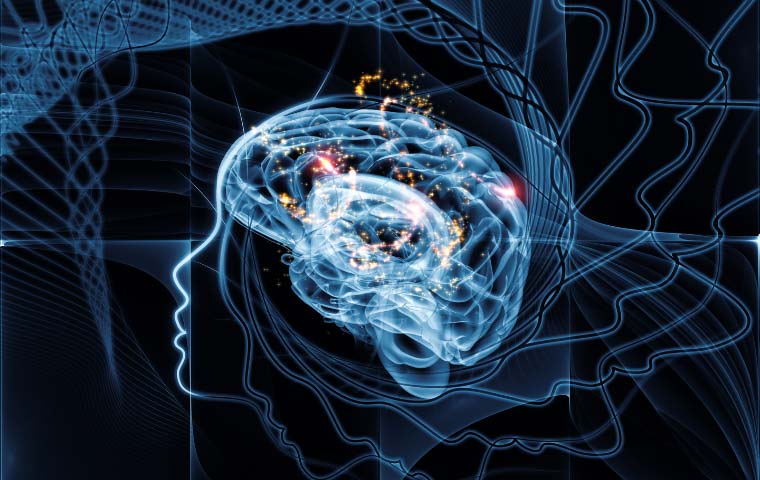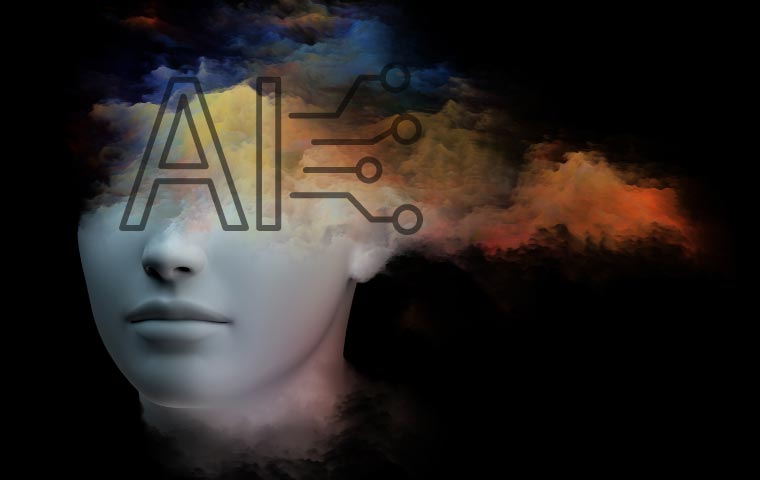In-App Purchases vs Ads: Which Strategy is Best?
You’ve created your app, and people are starting to download,...
We use cookies for our website to give you the most relevant experience by remembering your preferences. By clicking “accept”, you consent to use of ALL the cookies
This website uses cookies to improve your experience while you navigate through the website. Out of these, the cookies that are categorized as necessary are stored on your browser as they are essential for the working of basic functionalities of the website. We also use third-party cookies that help us analyze and understand how you use this website. These cookies will be stored in your browser only with your consent. You also have the option to opt-out of these cookies. But opting out of some of these cookies may affect your browsing experience.
Necessary cookies are absolutely essential for the website to function properly. These cookies ensure basic functionalities and security features of the website, anonymously.
| Cookie | Duration | Description |
|---|---|---|
| cookielawinfo-checkbox-functional | 11 months | This cookie is set by GDPR Cookie Consent plugin. The cookie is used to store the user consent for the cookies in the category “Analytics”. |
| cookielawinfo-checkbox-functional | 11 months | The cookie is set by GDPR cookie consent to record the user consent for the cookies in the category “Functional”. |
| cookielawinfo-checkbox-necessary | 11 months | This cookie is set by GDPR Cookie Consent plugin. The cookies is used to store the user consent for the cookies in the category “Necessary”. |
| cookielawinfo-checkbox-others | 11 months | This cookie is set by GDPR Cookie Consent plugin. The cookie is used to store the user consent for the cookies in the category “Other. |
| cookielawinfo-checkbox-performance | 11 months | This cookie is set by GDPR Cookie Consent plugin. The cookie is used to store the user consent for the cookies in the category “Performance”. |
| viewed_cookie_policy | 11 months | The cookie is set by the GDPR Cookie Consent plugin and is used to store whether or not user has consented to the use of cookies. It does not store any personal data. |
Functional cookies help to perform certain functionalities like sharing the content of the website on social media platforms, collect feedbacks, and other third-party features.
Performance cookies are used to understand and analyze the key performance indexes of the website which helps in delivering a better user experience for the visitors.
Analytical cookies are used to understand how visitors interact with the website. These cookies help provide information on metrics the number of visitors, bounce rate, traffic source, etc.
Advertisement cookies are used to provide visitors with relevant ads and marketing campaigns. These cookies track visitors across websites and collect information to provide customized ads.
Other uncategorized cookies are those that are being analyzed and have not been classified into a category as yet.
Cyberia Tech, Inc. respects your privacy. This Privacy Policy explains how we collect, use, and share your information. By using our services, you agree to this policy. If any other agreements conflict with this Privacy Policy, the terms of those agreements prevail.
Cyberia Tech complies with the EU-US and Swiss-US Privacy Shield Frameworks for handling personal data from the EEA, UK, and Switzerland. In case of any conflict, the Privacy Shield Principles prevail. Learn more at Privacy Shield. Key Definitions
Information linked to an individual, transferred from the EEA, UK, or Switzerland to the U.S.
Data revealing race, religion, health, sexual orientation, and similar categories.
Effective Date: [ 2025 / 11 / 29 ]
Welcome to The Cyberia Tech ! By accessing or using our website or services, you agree to
comply with and be bound by these Terms of Use and our Privacy Policy. If you do not agree with
these terms, please do not use our Services.
Loading
0 %

It’s hard to imagine one day, the subconscious mind can be penetrable through ai stimulating.
We’ll discuss the moral issues, potential advantages, and unexpected difficulties that result from these breakthroughs as we navigate the hazy lines between human cognition and AI simulation.
Given the right algorithms and an appropriate evolutionary timescale, real ai may be able to recreate a powerful version of the subconscious mind successfully.
Table of Contents
The subconscious is the portion of consciousness that is not immediately in the focus of awareness, in contrast to the conscious mind.
The area of the mind that generates dreams is an illustration of subconscious activity.
Similar to dreams, subconscious activity occurs in the mind without conscious awareness or with very little awareness on the person’s part.

The subconscious mind simulation would have the same algorithmic strengths and limitations as your genuine subconscious mind.
A powerful AI system will also be able to see things about you that you cannot see.
As previously stated, the unconscious/subconscious brains are incomprehensibly complicated, but we suggest that there is a chance of developing an AI system that can imitate the operation of a subconscious mind.
But, before we get there, there are a few more crucial issues to contemplate about the complexity of our brain.
DALL E 2 is now causing a stir in the IT industry due to its ability to translate any thinking into an image.
This is a glimpse of the future we will be entering. While DALL E 2 translates your text into art/design, DALL E 10 can literally create your subconscious brain.
AI will be able to imitate the subconscious brain by the time we reach DALL E 20 or something like that.
Our most powerful tool is our subconscious mind. The area of our brain makes decisions without our conscious awareness.
Our subconscious mind sees, hears, and feels things that we cannot see, hear, or feel because of our restricted attention span.
It determines how we feel and what we do without our conscious awareness.
In the field of AI research, we know that decoding human behavior is an incredibly challenging challenge.
As any data scientist will tell you, analyzing behavior and forecasting future behaviors is a difficult task that requires high precision to deliver reliable findings.

Scientists have studied the nature of our subconscious mind for hundreds of years.
The idea is to assist us in understanding and controlling our own unconscious/subconscious tendencies.
However, it appears that our subconscious mind is not that readily comprehended, as the HISTORIES OF PSYCHOANALYSIS – Fraud, Jung, Aserinsky, Goodale, and Massimini – were unable to comprehend the entirety of the most intricate aspect of human existence.
Yes. The next generation of artificial intelligence will most likely be able to decode the secret of the subconscious mind network.
A neural network is a network of neurons that depicts a simplified brain model.
It is made up of several layers, including input, hidden, and output layers.
These neural networks are used by NLP systems to interpret audio and visual inputs and deliver an accurate answers.
Examining the links between words is one method NLP systems can be utilized for this aim.
The meaning of a word (semantics) gives the most helpful information for understanding its relationship to other words (syntax).
For example, if you want to create a metaphor-generating system, a neural network can use semantic and grammatical elements to determine whether a particular word or phrase is metaphorical or literal.
To take things a step further, AI can train a neural network to resemble the human mind.
This is effective in helping us comprehend what self-awareness is and why we are so skilled at decision-making.

Here’s a hypothetical question: What would AI do if it could create a mimicked subconscious mind?
We’re not talking about a simple simulation here; we’re talking about something artificial that may be used in all aspects of our daily lives.
A sentient Artificial Intelligence or Artificial Artificial Intelligence (AAI) – could potentially replicate the human brain process by which behaviors learn from experience and create new behaviors, known as generalization and abstraction.
We can use neural networks to imitate our information processing and decision-making processes.
This paradigm may potentially help us comprehend the reasons and explanations for consciousness.
To start, AI must learn. In order to learn, it requires information. It uses the same method to process data that it will use later.
The system uses a special type of computer program called a machine learning algorithm (MLA) to decide which information is most important.
It can even create its own model based on data it has already learned, kind of like how our brains work!
Once the AI has picked out the important information, it uses reinforcement learning to determine what action to take next.
For instance, if you had an accident while taking a certain route, the AI would learn to avoid that route in the future.

To carry out actions that are planned for the future, AI must simulate the connections and neurons in the brain.
It uses a neural network with multiple layers of neurons, some of which are connected.
To learn new information, a partially connected neural network must be able to interpolate between two or more networks.
The AI uses a neural network (or a series of neural networks) with multiple layers of neurons to simulate the subconscious brain.
This is a type of neural network known as deep learning.
Finally, the AI will create an algorithm that mimics how we learn from experience and make decisions based on past events.
AI stimulating is like a fantastic idea that you’d never imagine would come to our lives in a higher shift turning step.
The distinctions between AI and real, physical AI are a rapidly emerging topic in AI.
Real AI comprises numerous components, including hardware (which determines how many operations an algorithm can execute) and software (which contains all the rules governing its behavior).
Some people believe that AI can duplicate human thoughts. Others feel that the distinction between natural human intellect and machine intelligence will always exist.
Finally, there are individuals who are completely opposed to this topic.
Real AI and Emotional AI are intertwined in artificial intelligence. Emotional AI recognizes human emotions, while Real AI encompasses broader cognitive abilities.
Integrating emotional intelligence into Real AI enhances user experiences and interactions between humans and machines.
Many of AI’s aims have already been met, like learning how people think and solve issues.
This is not a threat to our existence; it is another technological advancement that will help us grasp reality and better our lives.
But it’s also necessary to be realistic about these new technologies; there’s a long way to go before artificial intelligence can achieve all a human brain can.
What is the subconscious mind?
Just what is this thing called the unconscious? The subconscious is the region of our minds responsible for automatic decision making. It’s distinct from our awareness of our own ideas, which is our conscious mind.
What is an example of a subconscious mind?
Fears, beliefs, wants, and memories that you aren’t consciously aware of are all examples of the work of your subconscious mind. However, with effort, you may gain access to some of these, such as treatment.
The future of the subconscious mind appears to be not only exciting but also adventurous in many ways.
We are today satisfied with new things to feel with ai stimulating; in the future, we will be satisfied with new senses to perceive real ai.
It seems there is a fascinating future waiting for us.
You Can Get More Information!
